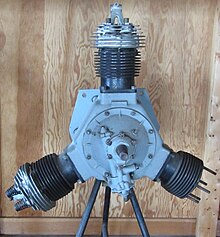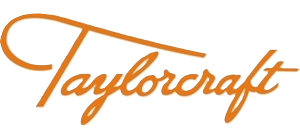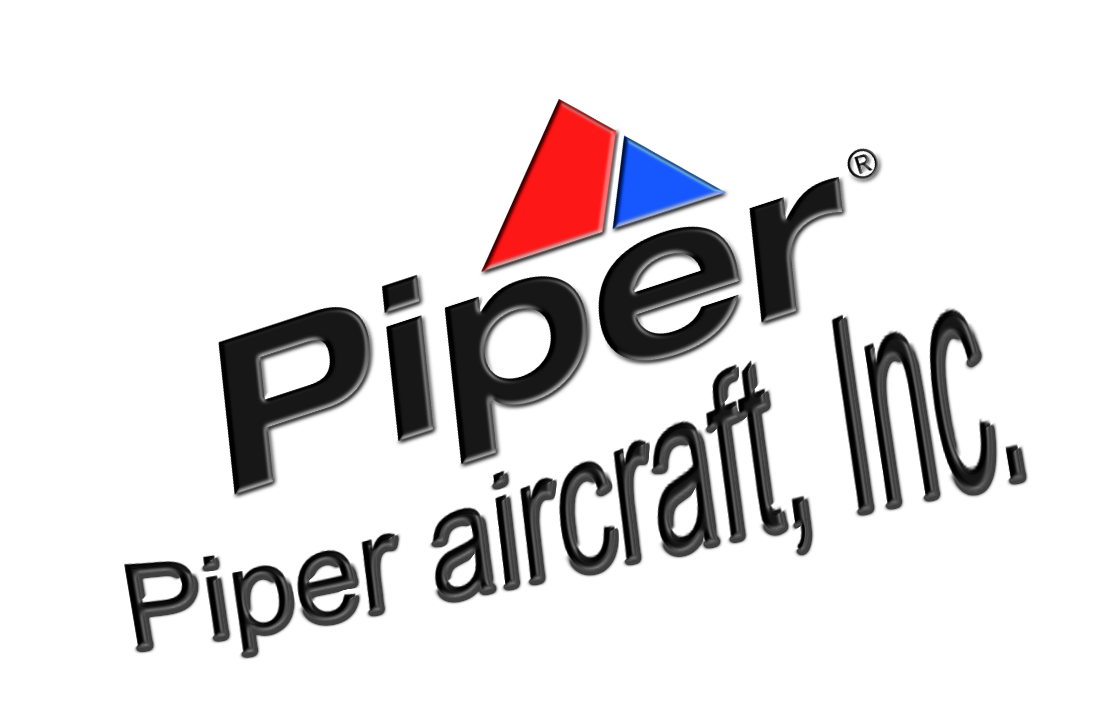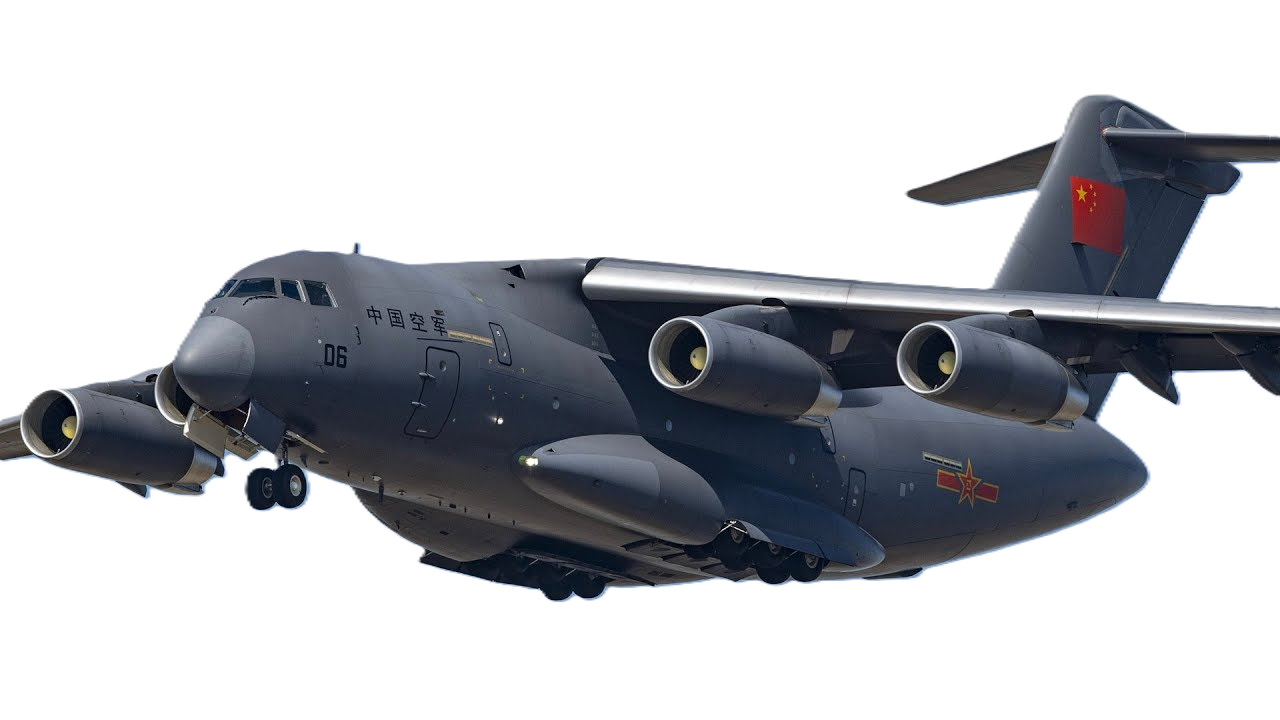Taylorcraft aircraft
Taylor E-2 Cub
 |
|
| General information | |
|---|---|
| Type | Light utility aircraft |
| Manufacturer | Taylor Aircraft Company |
| Designer | C. Gilbert Taylor |
| Number built | 353 |
| History | |
| First flight | 12 September 1930 |
| Developed from | Taylor Chummy |
| Variants | Taylor J-2 |
| Developed into | Piper J-3 |
|
|
|
|
|---|
.
History The Taylor Cub was originally designed by C. Gilbert Taylor as a small, light and simple utility aircraft,
It is the forefather of the popular Piper J-3 Cub,
and total production of the Cub series was 23,512 aircraft

The Taylor Cub was originally designed by C. Gilbert Taylor as a small, light and simple utility aircraft, evolved from the Taylor Chummy. It is the forefather of the popular Piper J-3 Cub, and total production of the Cub series was 23,512 aircraft
-
Design and development

a Szekely radial engine on display In 1930 with C. G. Taylor as Chief Engineer, the Taylor Aircraft Company embarked on the production of a two-seat tandem low-powered aircraft, designated the Taylor Cub. The Cub featured a design with wings mounted high on the fuselage, an open cockpit, fabric-covered tubular steel fuselage and wooden wings which used the USA-35B airfoil. It was originally powered by a 20 horsepower (15 kilowatts) Brownback "Tiger Kitten" engine. Since the young offspring of the tiger is called a cub, Taylor's accountant, Gilbert Hadrel, was inspired to name the little airplane "The Cub"
Variants
- Taylor E-2
- Prototype first flown in September 1930 with a 20 hp (15 kW) Brownbach Tiger Kitten engine, engine changed to a 40 hp (30 kW) Salmson D-9 radial in October 1930. although the D-9 had enough power for the E-2 it was expensive and was built to metric sizes which would have caused maintenance problems.
- Taylor E-2 Cub
- Production variant of the E-2 with the Continental A-40-2 or in later production the improved A-40-3 engine, produced from 1931 to 1936.
- Taylor F-2
- Persistent troubles with the early A-40 engines on the E-2 led to a search for other suitable powerplants. First choice was the Aeromarine AR-3-40, a three-cylinder air-cooled radial engine which produced 40 horsepower at 2050 RPM. The Aeromarine-powered Cub was designated the F-2
0
KmCeiling
0
KmMAX RANGE
0
Km.hAircraft Speed
0
Max Crew
Photo Gallery
The Taylor Cub was originally designed by C. Gilbert Taylor, and total production of the Cub series was 23,512 aircraft


The Taylor Cub was originally designed by C. Gilbert Taylor, and total production of the Cub series was 23,512 aircraft
General characteristics
- Crew: one
- Capacity: one passenger
- Length: 22 ft 6 in (6.86 m)
- Wingspan: 35 ft 2 in (10.72 m)
- Height: 6 ft 6 in (1.98 m)
-
Powerplant
- Empty weight: 510 lb (231 kg)
- Max takeoff weight: 970 lb (440 kg)
- Powerplant: 1 × Continental A40-2 4-cylinder air-cooled horizontally-opposed piston engine, 35 hp (26 kW)
Specifications
- Maximum speed: 80 mph (130 km/h,
- Cruise speed: 70 mph (110 km/h,
- Range: 225 mi (362 km, 196 nmi)
- Service ceiling: 12,000 ft (3,700 m)
- Rate of climb: 400 ft/min (2.0 m/s)
Links to Youtube & Others
The Mi-4 transport helicopter laid the groundwork of Soviet Army Aviation. It was widely used both in the armed forces and in Soviet civil aviation, and for several decades remained the main type of helicopter in the inventory of the Soviet Armed Forces and of the Civil Air Fleet.
Piper aircraft, Inc.
Taylor E-2 Cub
The Mil Mi-4 (USAF/DoD reporting name "Type 36",[1] NATO reporting name "Hound")
Youtube Link
An official video of a North Korean Air Force combat flying skills competition released in 2014 shows that the Mi-4 is still in limited service in North Korea










.png)


.png)